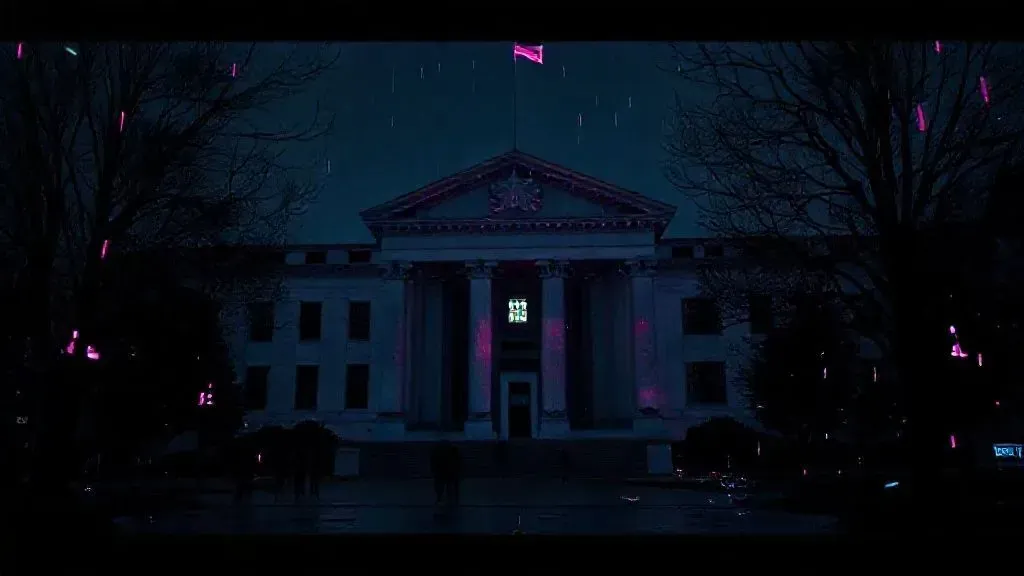bitcoin network fees have trended downward since the 2024 halving, reflecting reduced demand for block space. The latest bitcoin Core update addresses this by slashing the default minimum relay fee 90%. Developers aim to balance affordability with network protection.
Understanding the bitcoin Core 29.1 Update
bitcoin Core 29.1, released on September 4, 2025, lowers the default minrelaytxfee to 0.1 sat/vB. This change enables nodes to relay cheaper transactions without compromising core functions.
Over 72% of bitcoin nodes run Core software, but adoption of 29.1 remains low at under 2%. Alternative implementations like bitcoin Knots keep higher fees to deter spam.
Key Changes in Fee Policy
The prior 1 sat/vB threshold stemmed from early DoS protection needs. With bitcoin's rise, developers adjusted it downward for better usability.
This update follows miner actions, like SpiderPool including sub-1 sat/vB transactions in blocks. It formalizes a market-driven shift toward lower costs.
Reasons Behind the Fee Reduction
Low block space demand prompted the change, as miners filled blocks with cheaper bids. Developers noted the old fee overprotected against spam given current economics.
Gloria Zhao, a bitcoin Core contributor, proposed the cut to improve block propagation for low-fee transactions. She highlighted risks of relay issues without this adjustment.
According to mining experts, the reduction resolves a coordination problem among pools. It allows efficient use of space during quiet periods.
Impact on the bitcoin
Cheaper relay fees could spur more on-chain activity in the . Users now pay cents for standard transfers, enhancing bitcoin's appeal for daily use.
In CeFi sectors, platforms may optimize costs for batching or custody services. This aligns with trends toward efficient centralized finance operations in crypto.
However, sustained low fees might pressure miner revenues. As block rewards halve, transaction fees must eventually compensate for security.
Potential Risks and Criticisms
Critics argue lower thresholds invite more spam, straining node resources. bitcoin Knots raised its fee tenfold in response to maintain stricter policies.
Some analysts view this as prioritizing short-term usability over long-term network health. Miners could face inconsistent earnings if demand stays low.
This tweet captures community excitement over the sub-1 sat/vB era enabled by the update. It shows practical adoption in tools and apps.
Expert Insights and market Trends
Scott Norris, CEO of a bitcoin mining firm, stated that bitcoin functions more as a store of value than a payment system. He noted users prefer holding over transacting due to growth.
Jack Dorsey emphasized the need for everyday payment use cases to keep bitcoin relevant. Without them, it risks becoming niche.
Mempool.space declared that 0.1 sat/vB replaces the old minimum, advising against overpaying. This reflects a broader market adjustment to fee norms.
Here, a developer warns of cheaper spam relay, highlighting debates on network efficiency versus protection.
Actionable Advice for Users
Update your node to bitcoin Core 29.1 to benefit from lower relay thresholds. Monitor mempool data to set optimal fees during varying conditions.
For CeFi operators, review transaction batching strategies. Lower costs enable more frequent settlements without high overhead.
Educate on fee estimation tools to avoid overpayment. This enhances efficiency in volatile markets.
This fee adjustment underscores bitcoin's adaptability to conditions. It offers CeFi and users tools to navigate costs effectively while preserving decentralization.




